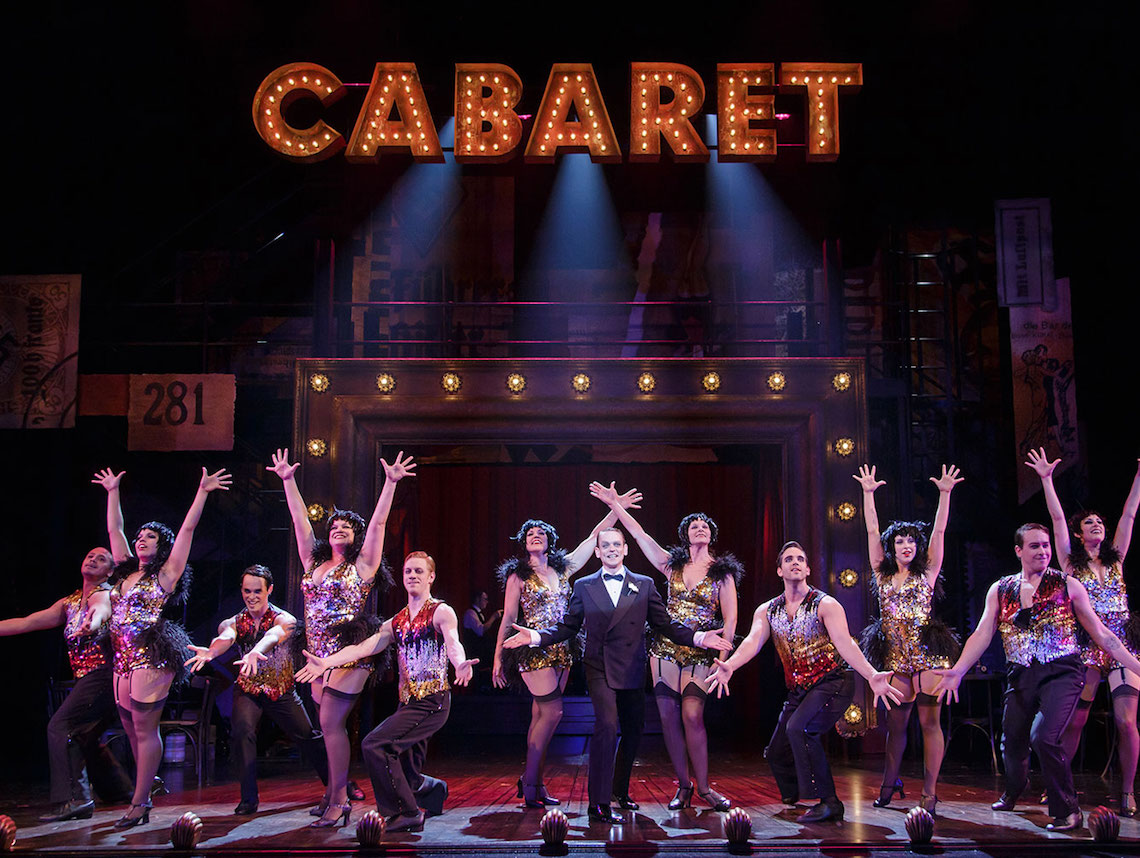
It was not inevitable that Berlin would recover.
The thought occurred to me as I stood in the doorway of a massive Berlin building with walls 6 1/2-feet thick in one of the strangest and most brilliant examples of the city’s postwar reinvention: a Nazi bunker turned private art museum.
Since it launched in 2008, the Boros Collection — Sammlung Boros in German — has become one of the hottest tickets in town. Reservations for guided tours of no more than 12 people at a time book months in advance and remain the only way to see the carefully curated exhibition of contemporary art, which includes sculpture, painting, photography, film and installation.
The eccentric and amusing collection is a worthy enough draw, but for some, not as enticing as the building itself: a five-story, above-ground bunker built in 1942 by Nazi architect Karl Bonatz that has undergone more reinventions than Madonna.
The Berlin bunker, like the city itself, has been transformed from its hideous history into something almost beautiful, a trend fueled by a growing economy that is attracting emigrants from all over Europe — and Israel. Berlin has become the America of Europe, a multicultural melting pot.
But its history still shows. Outside, slabs of stark, gray concrete are riddled with bullet holes and shrapnel gashes. Inside, black paint from the bunker’s days as a fetish club are splashed beneath an artist’s methodical brushstrokes.
The symbolism is self-evident: You can reinvent the past, but you cannot erase it.
The harsh exterior of the bunker suggests the conditions in which it was built. Assembled by forced laborers (these were the Nazis, after all), it was designed as a civilian air-raid shelter. Later, the Red Army took it over for use as a prisoner-of-war camp. During the years of Communist East Berlin, its weather-impervious interior made it a suitable storage facility for imported produce, earning it the nickname “the banana bunker.”
Imagine telling Hitler that the city in which he preached ethnic cleansing and racial superiority would one day
become a multicultural melting pot.
By the 1990s, it fell into disrepair and entered a phase as a hardcore sex club — replete with techno music and fetish parties — before Christian Boros, a Polish-born advertising mogul, purchased it in 2003. Boros commissioned a major renovation of the building, which included a glassy, fifth-floor penthouse for him and his family. Nazi bunker, meet McMansion.
“This building isn’t meant for art,” Boros told The New Yorker in 2015. “How the art fights against the ugly building is very interesting to me.”
Boros offers an apt metaphor for Berlin itself: perhaps not meant for art, but determined to fight its ugly past with tools of transformation.
Modern Berlin may have bullet holes and Holocaust museums, but it also hums with the currency of the times: art, architecture, fashion, food and young people. To walk its streets is to witness a city redefining itself as a place of refuge, open borders and progressive policies. Today it is Berlin, not Paris, its overindulgent neighbor to the west, that can claim the mantle of most dynamic avant-garde culture on the continent.
Imagine telling Hitler that the city in which he preached ethnic cleansing and racial superiority would one day become a multicultural melting pot. How it must roil him in his burnt grave that the progenitor of Jewish extermination now hosts a thriving community of Israelis who have decamped from their mother nation, the Jewish state.
But Berlin’s reasserting itself as the cultural and economic capital of Europe does not come without political scrapes or scars. German Chancellor Angela Merkel’s policy to admit 1 million refugees from war-torn states in the Middle East remains a divisive issue. Some wonder whether migrants will integrate; others worry if integration will steal jobs.
Despite the rise of multiculturalism, I met young Muslims who report discriminatory treatment at jobs and schools. Anti-Semitism is denounced in public but persists in private. And there’s no telling if or when a terrorist attack could plunge the country into cultural and political regression. As one young Muslim representative in the Bundesrat — Germany’s upper house — put it, “Merkel is praying every single night that a terrorist attack doesn’t happen here.”
A Berlin on the brink has existed before. And yet, as Christopher Isherwood captured in his 1945 book, “Berlin Stories,” which spawned the play on which the musical “Cabaret” is based, the young, idealistic intellectuals and artists of the time pressed on in the face of moral and political collapse. Today, young Berliners press on despite the shame of their history and the millions of ghosts that haunt their streets.
It makes sense that a place that massacred so much human potential would later strive through every means possible to re-create meaning and beauty after brokenness.
German-Jewish philosopher Theodor Adorno famously wrote, “To write poetry after Auschwitz is barbaric.”
No one really knows exactly what he meant; Adorno’s words still are the subject of much dispute and debate. But it’s clear he perceived a powerful relationship between suffering and creation.
It’s possible he meant that there was no point to art after Auschwitz because humankind had proved itself irredeemably evil and human striving was, therefore, meaningless.
I prefer to see his words as a call to arms: That there can never be enough poetry after Auschwitz. No amount of art or reinvention will ever be adequate to the task of portraying the horrors of the Holocaust, or atoning for it.
Sorry, Berlin.
But that doesn’t mean art should be surrendered. On the contrary, I admire today’s Berliners for making so much more of it.

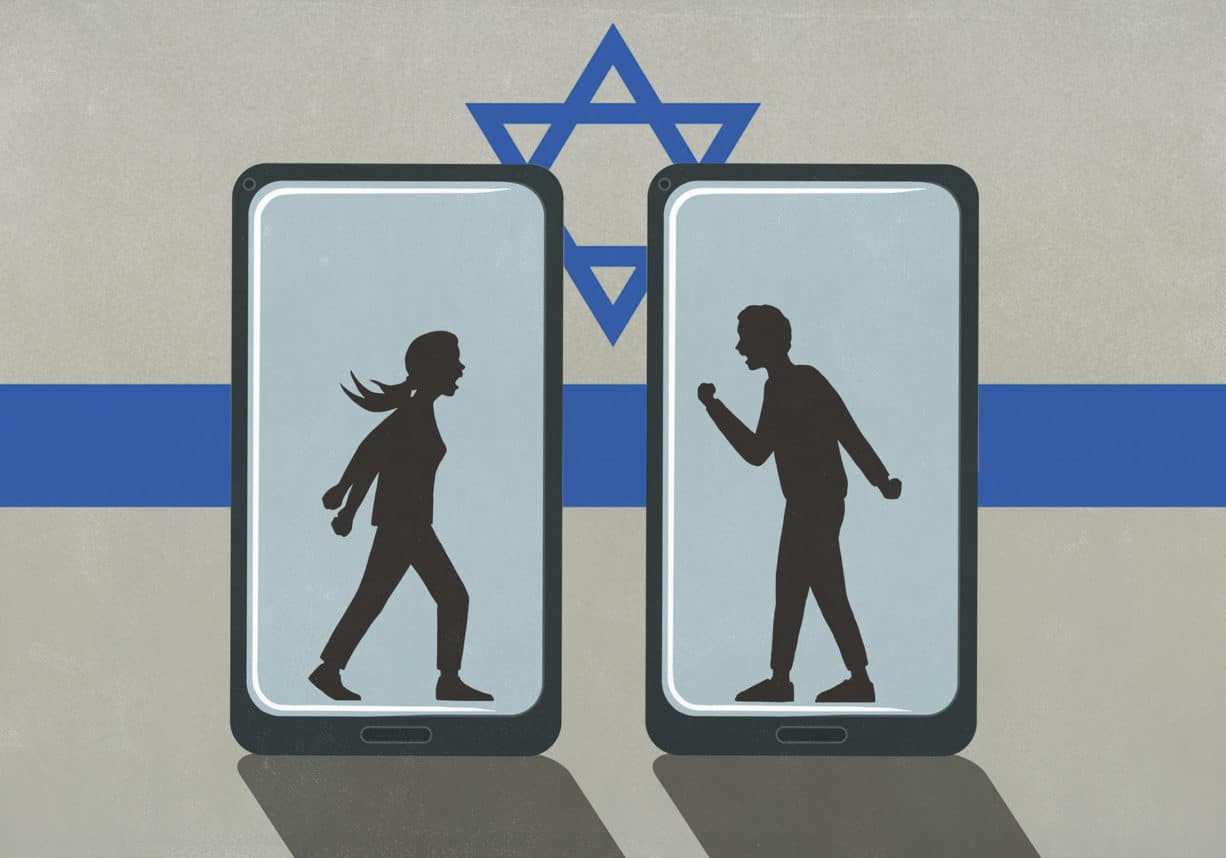
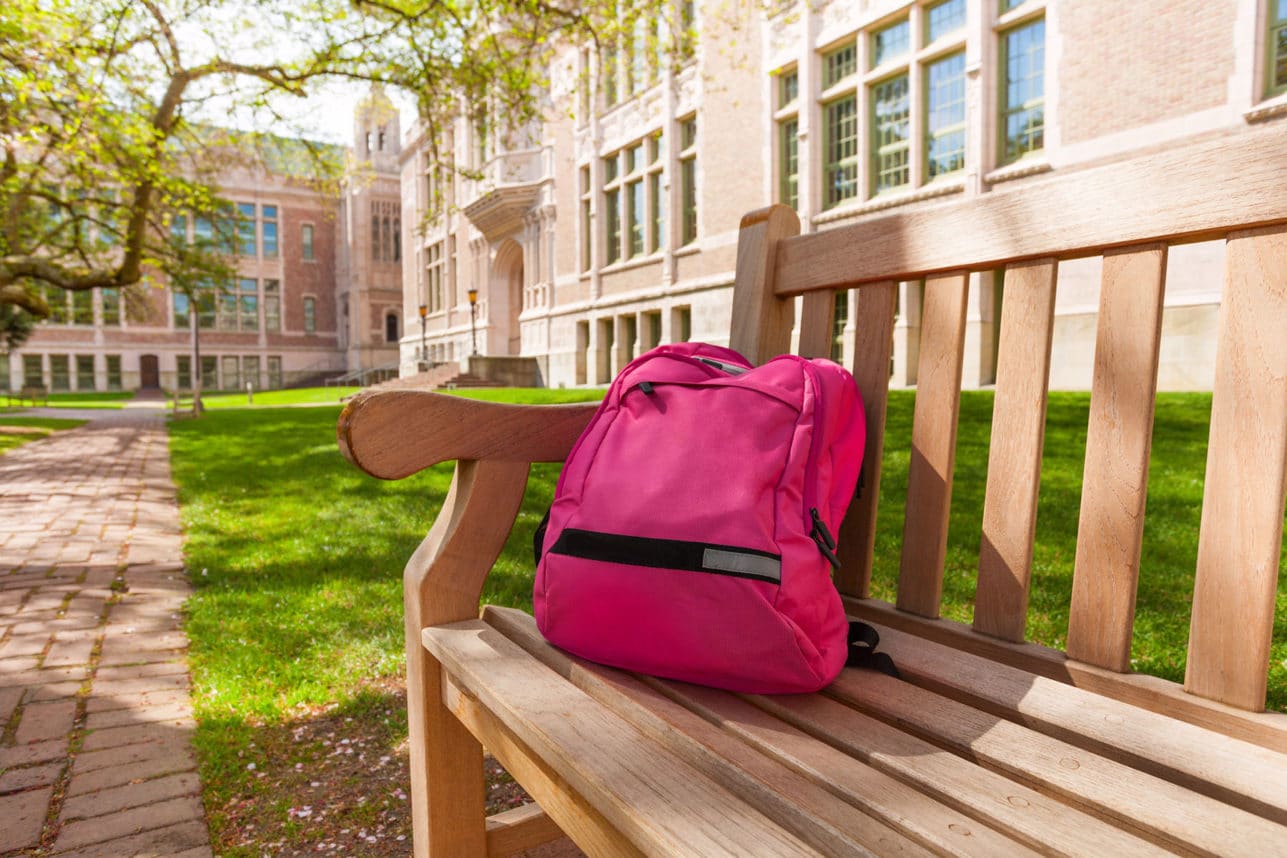
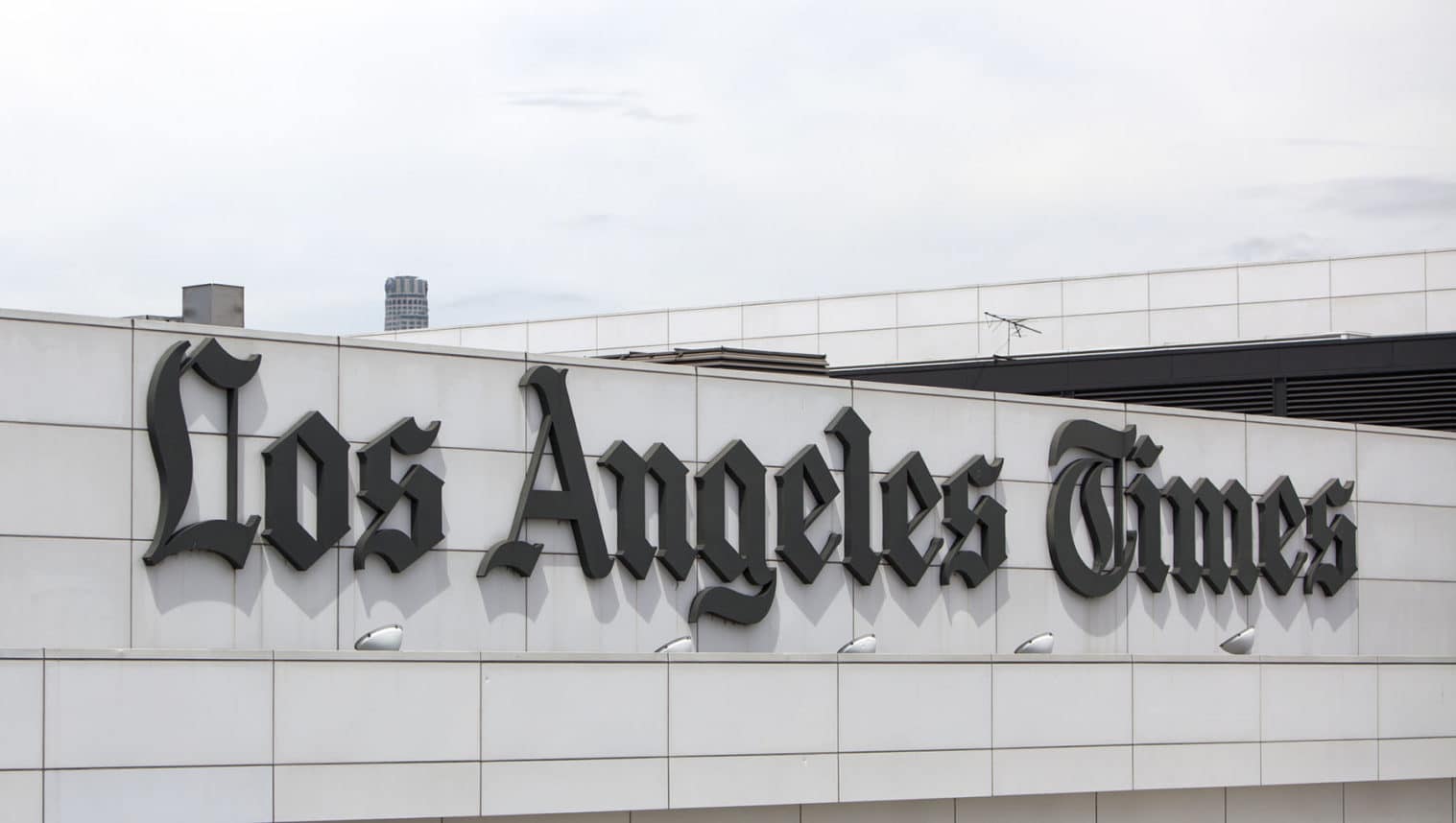
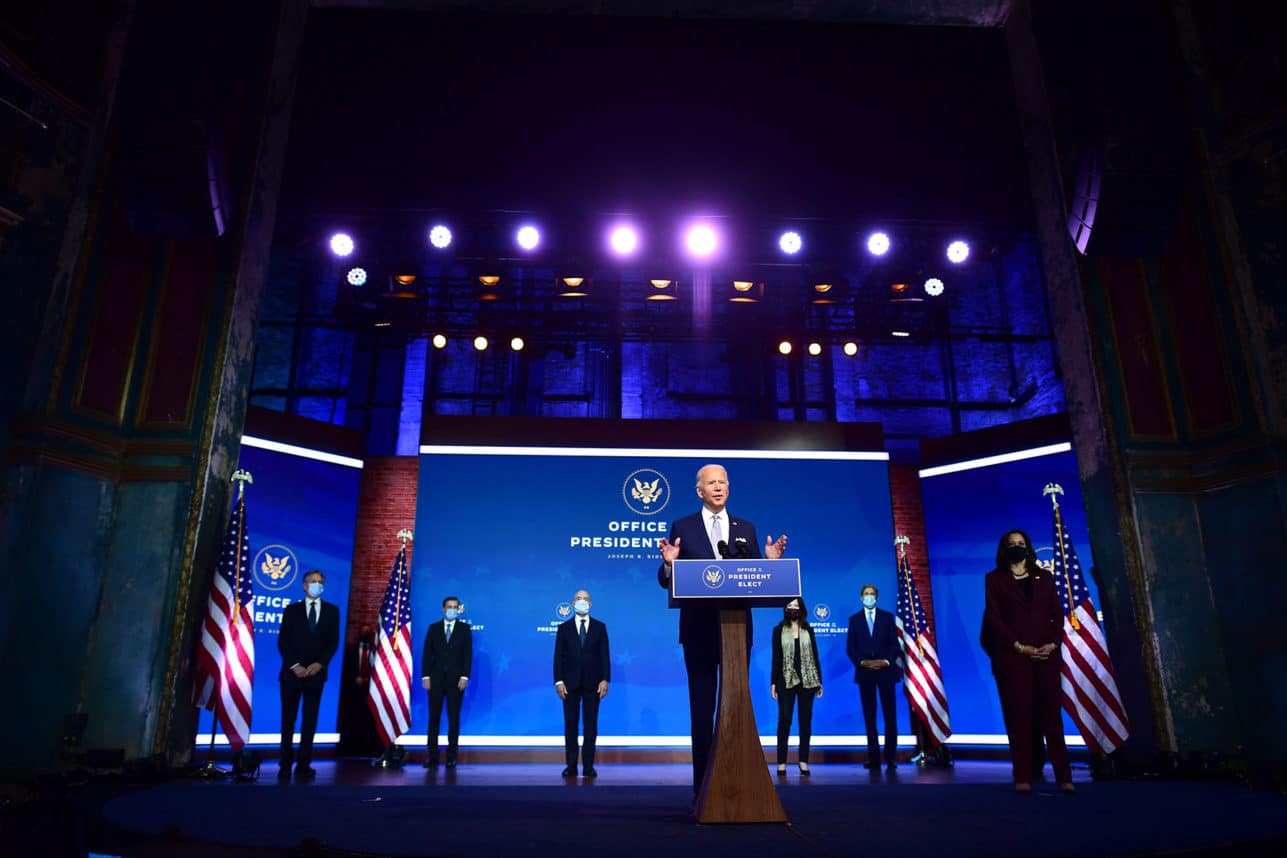
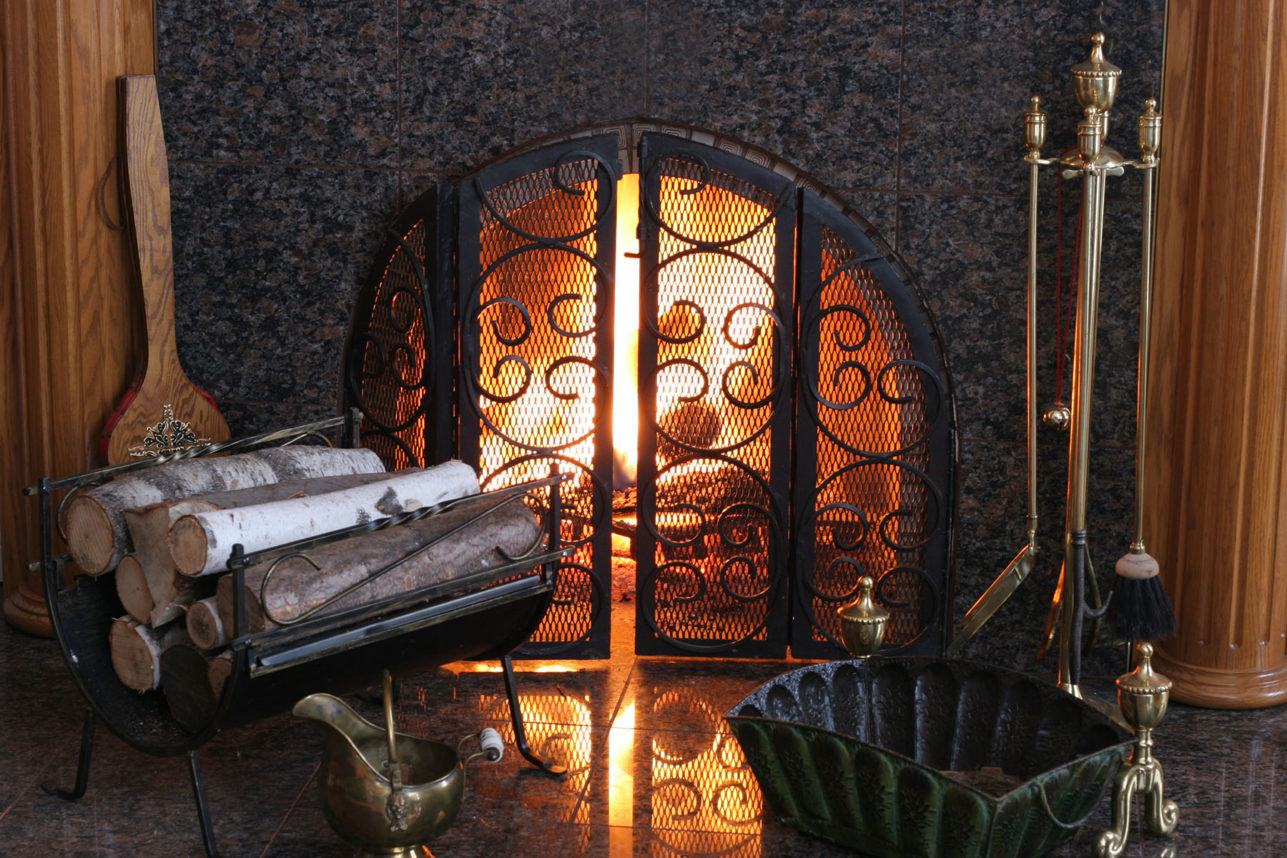
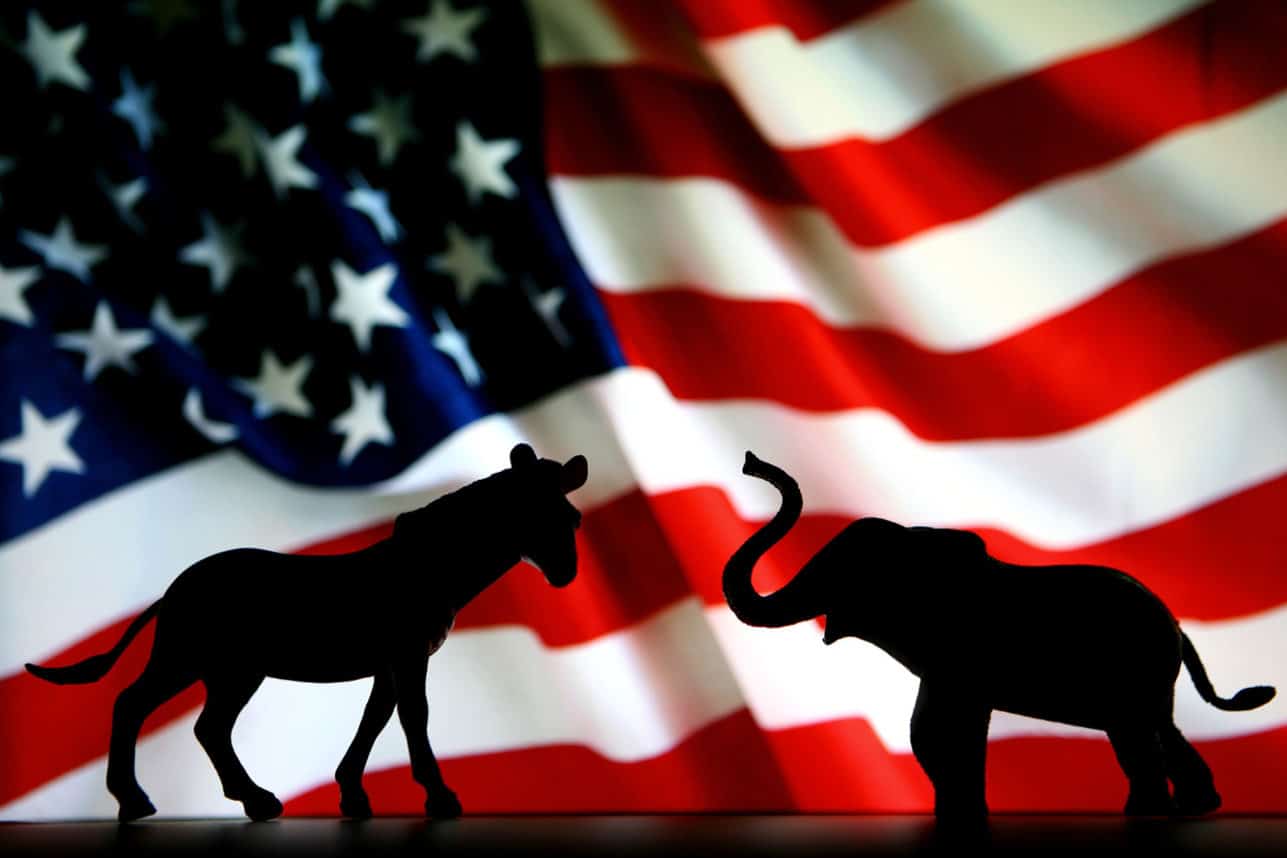

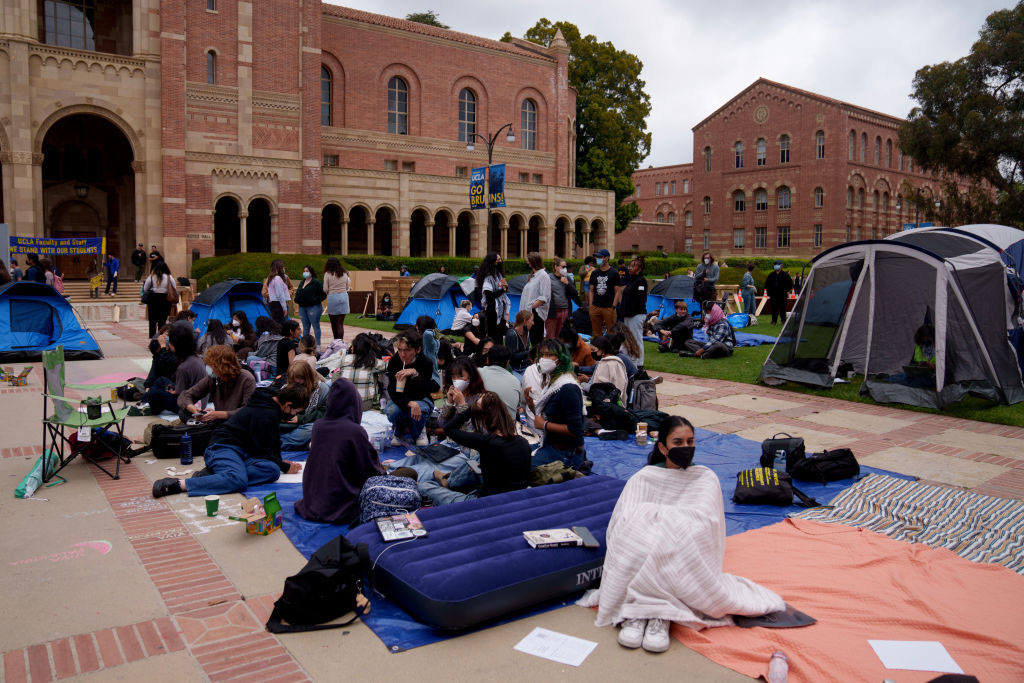
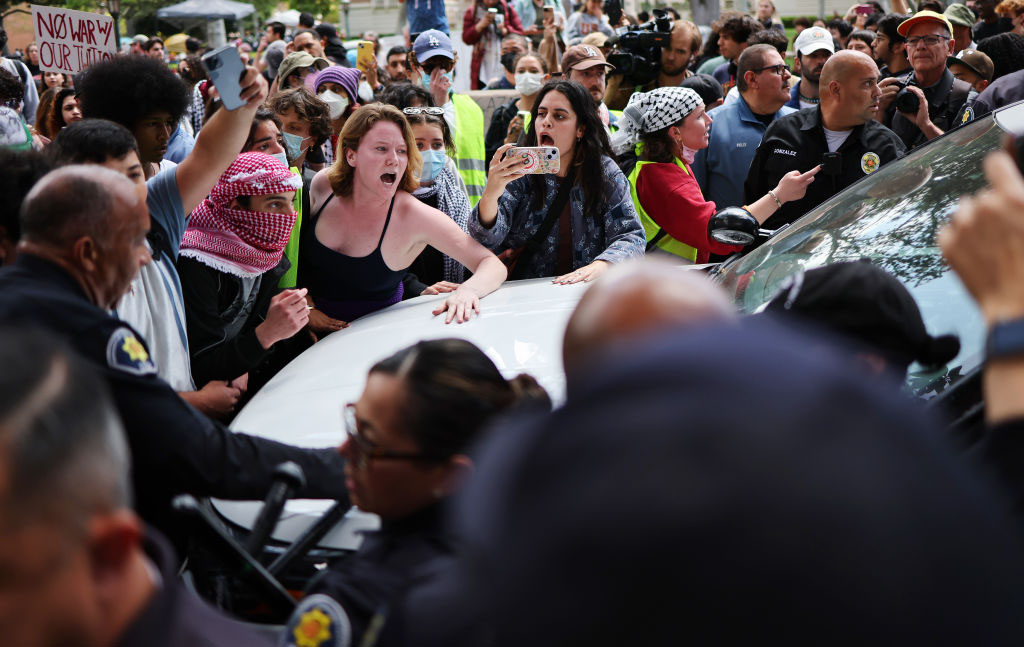

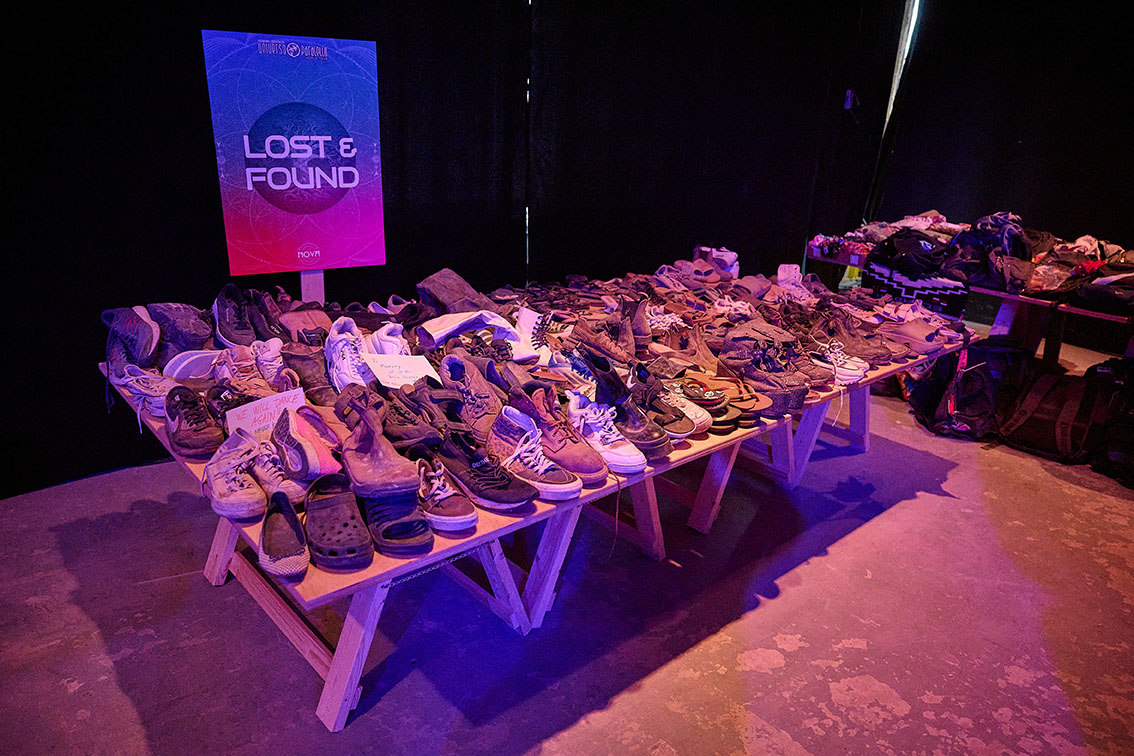
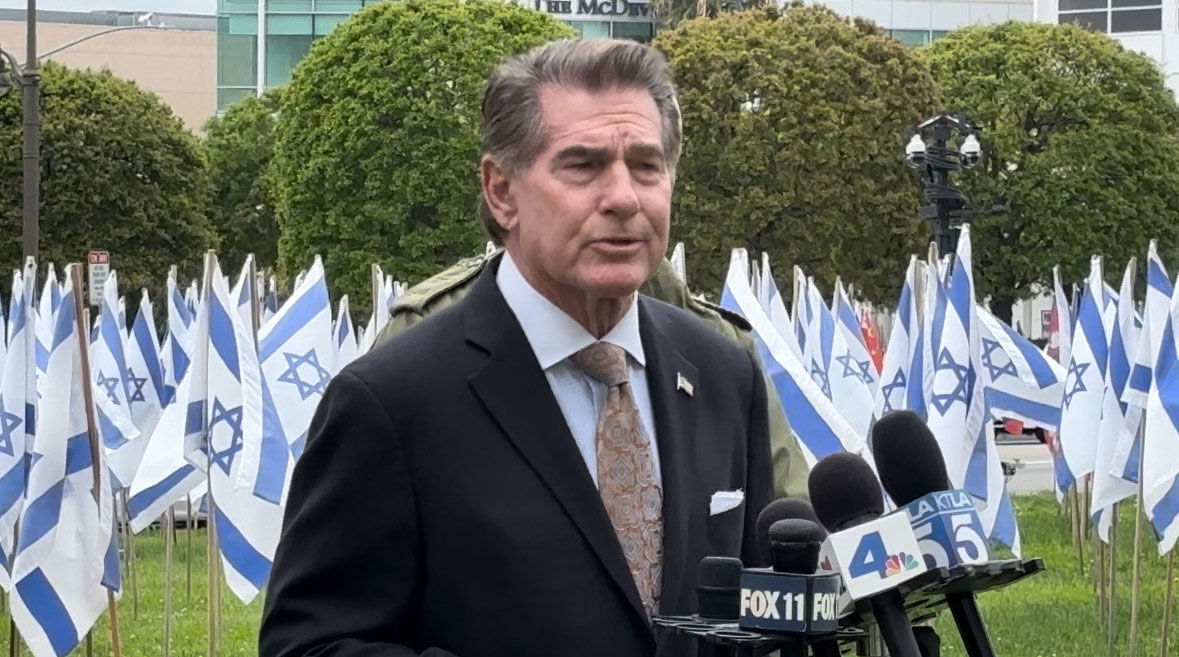
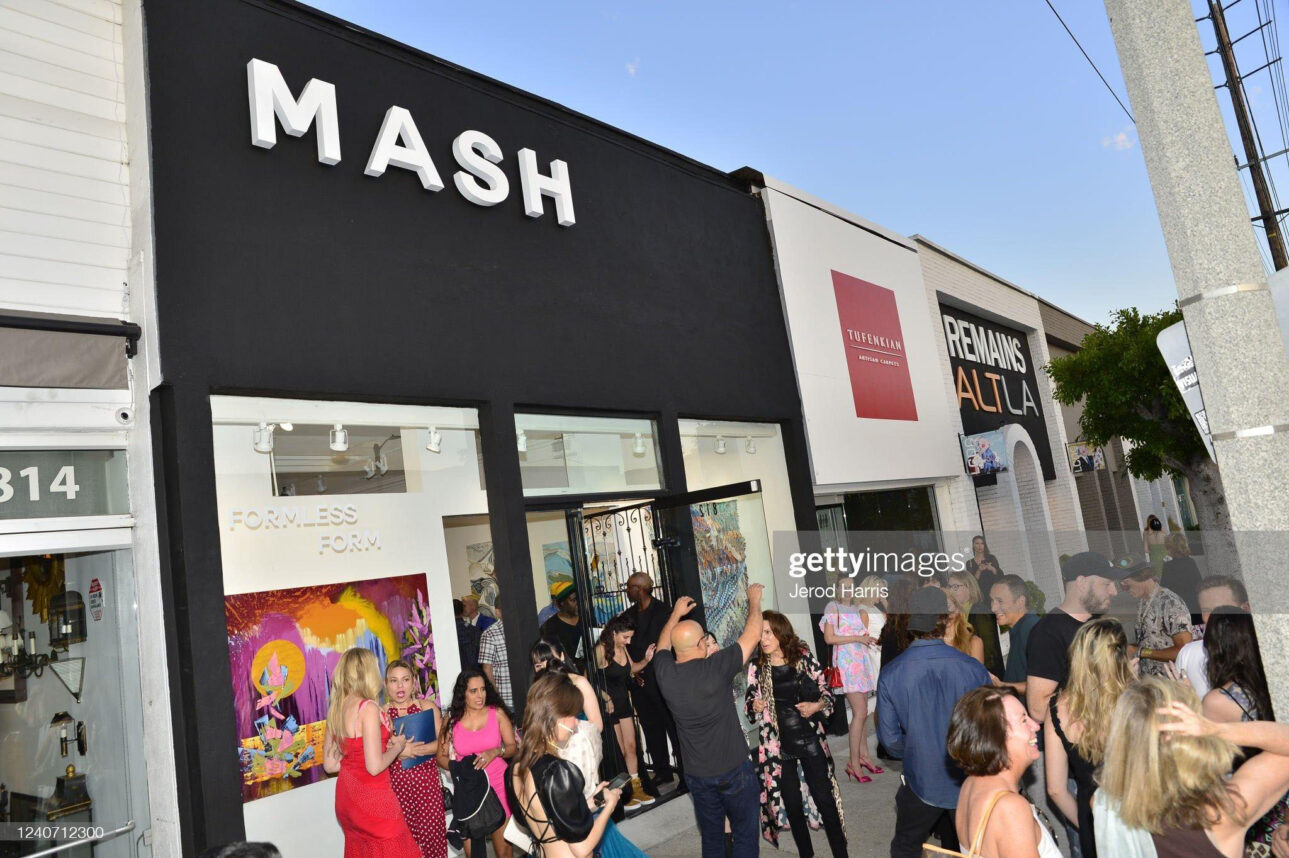

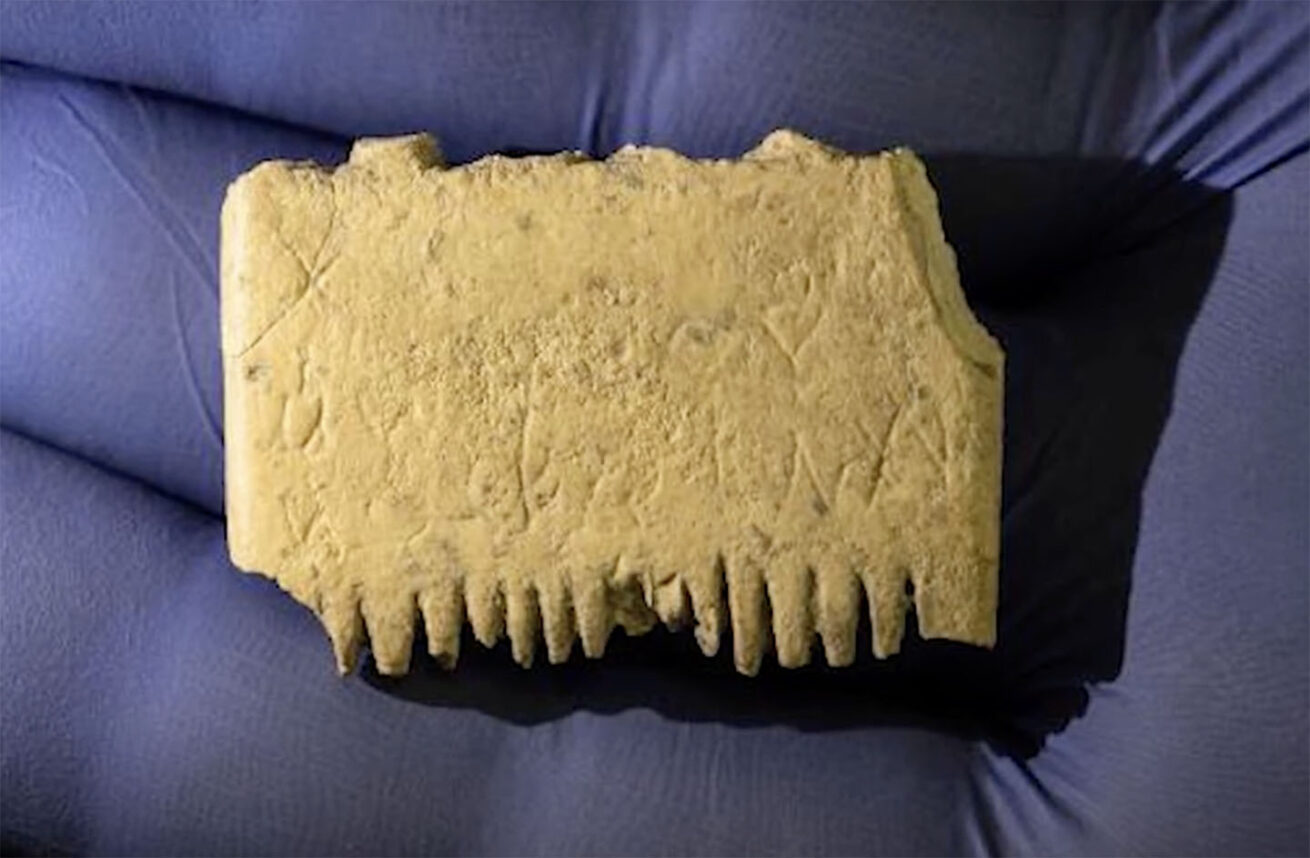
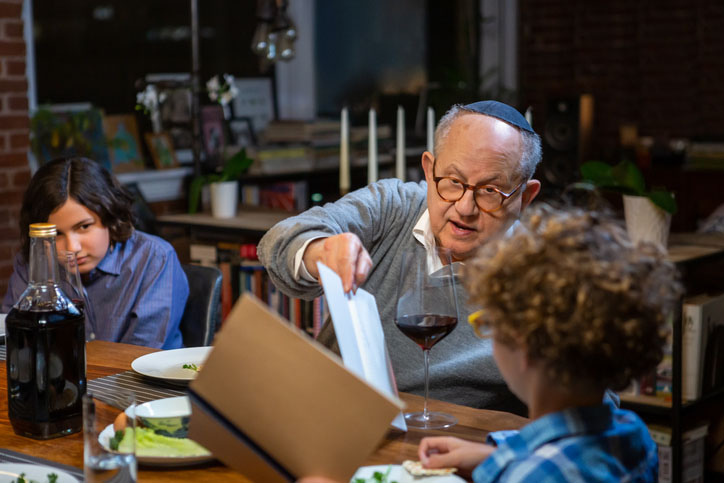

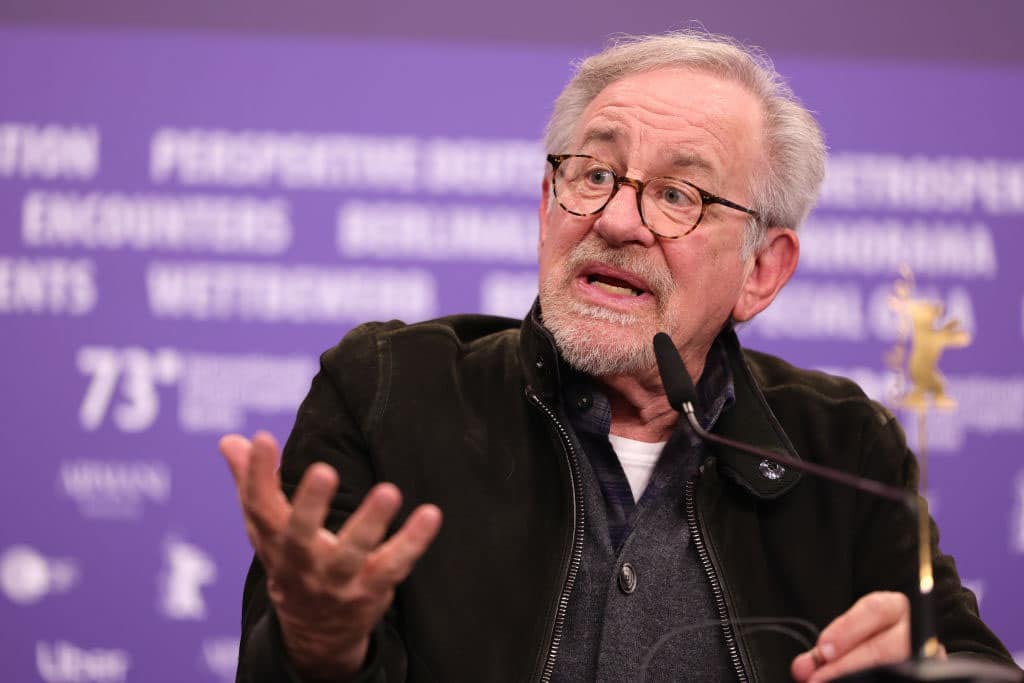

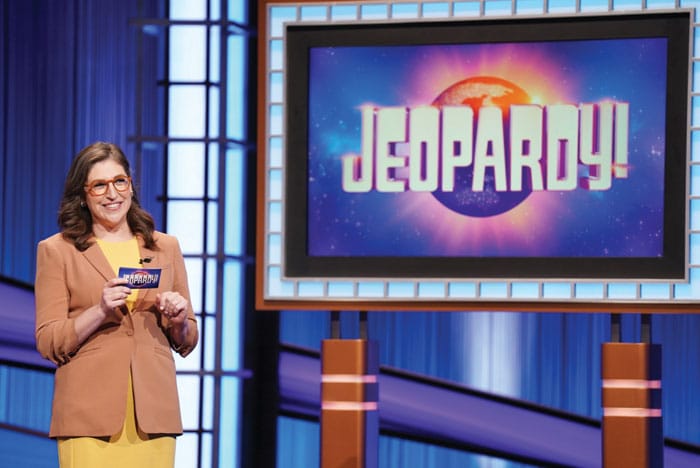
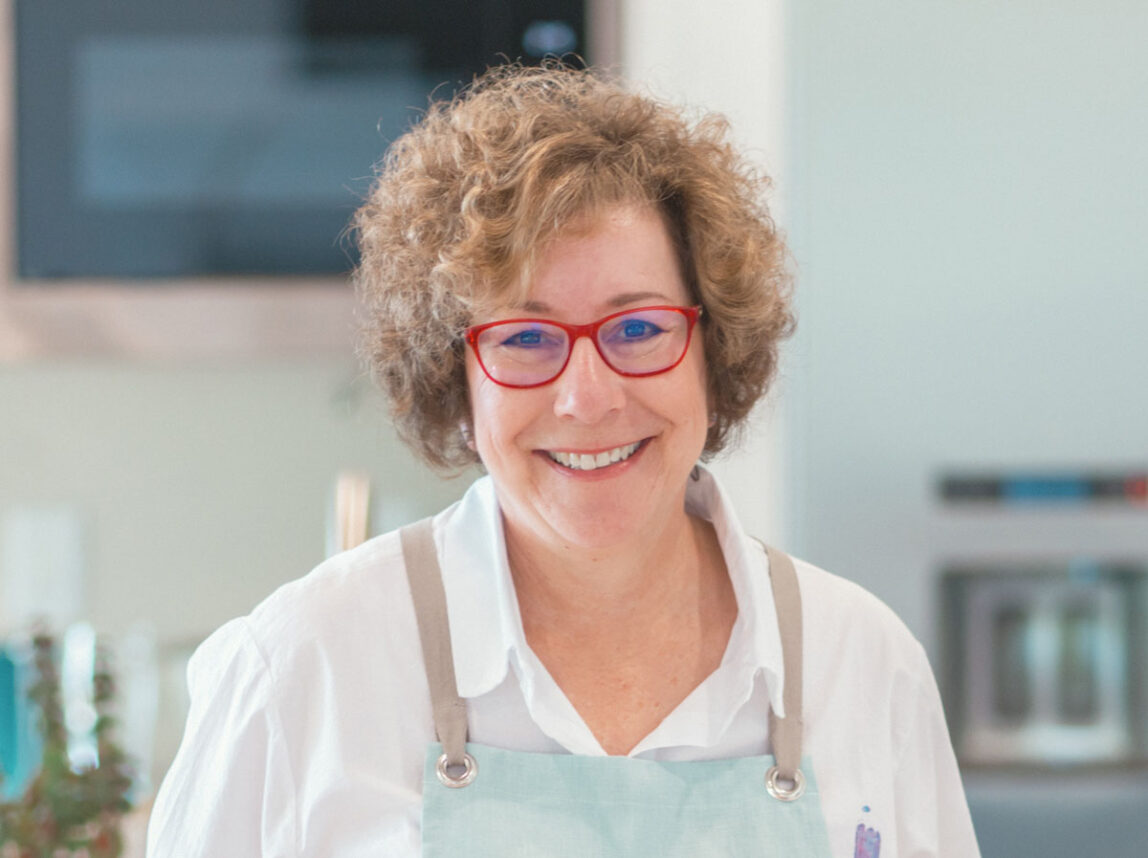
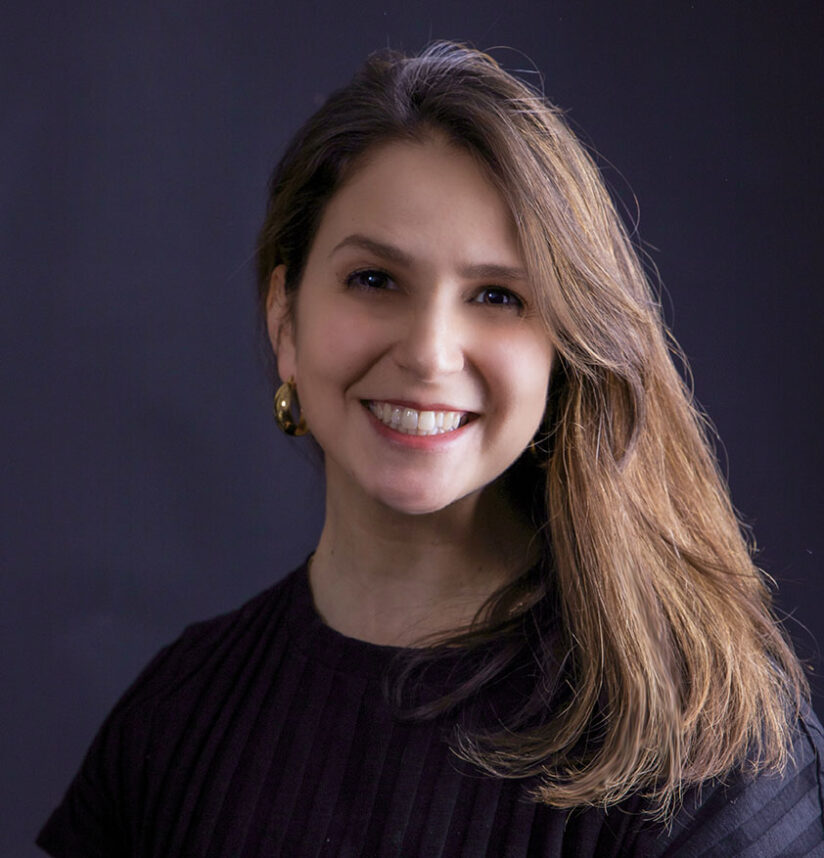
 More news and opinions than at a Shabbat dinner, right in your inbox.
More news and opinions than at a Shabbat dinner, right in your inbox.